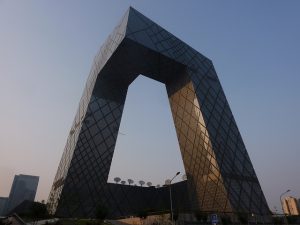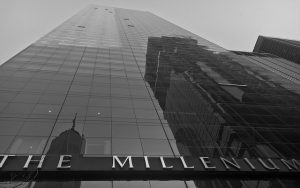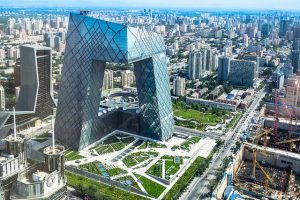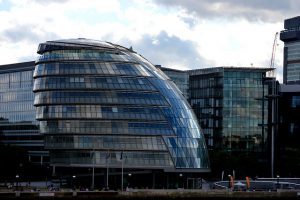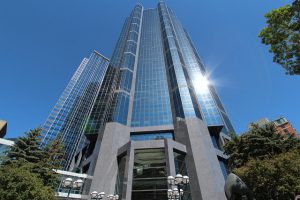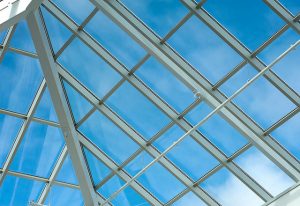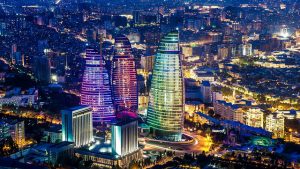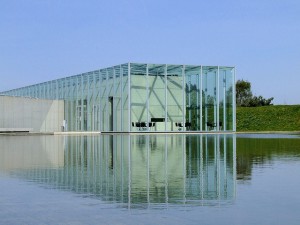Could China Be Moving Away From Glass Architecture
Last month, the Chinese government issued a new edict regarding construction in the country: going forward, no “weird” architecture will be approved. “Weird” architecture includes landmark buildings like the China Central Television Headquarters. CCTV is a giant glass and steel structure that’s affectionately known as “Big Pants.”
In addition to putting the kibosh on eccentric construction, the State Council also eliminated gated communities and illegal structures on the mainland. According to the State Council, all urban architecture must be “suitable, economic, green and pleasing to the eye.” It called out buildings that are “oversized, xenocentric and weird” saying that they expressed a “lack of cultural confidence” and “distorted attitudes about political achievements.”
The State Council is trying to curb a growing trend in some cities to build impractical or bizarre buildings that don’t fulfill a public need, yet consume public resources. The impractical nature of some buildings inflate their operating costs and some buildings are torn down relatively soon after their completion.
The State Council also directed cities to identify and remove illegal structures in their jurisdictions within five years. Cities have also been directed to regulate the safety and quality of new building projects.
The directive doesn’t specifically call for an end to the use of glass in architecture, however traditional architectural glass may not meet the State Council’s “economic” requirement. Additional focus is being trained on coating technologies to improve the energy performance of glass.
Glassprimer™ glass paint could factor into strategies to make glass more energy efficient. Glassprimer™ glass paint can be used to control light and heat in a building. Its UV resistance means that the color of the paint will remain fresh and vibrant for years, even when exposed to direct sunlight. In addition to blocking out UV light, GlassPrimer™ glass paint can be used on a variety of interior decoration projects. If you’d like more information about Glassprimer™ glass paint, please visit the rest of our site.
Photo Credit: Bjarke Liboriussen, via Flickr

